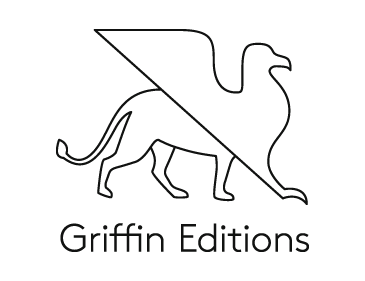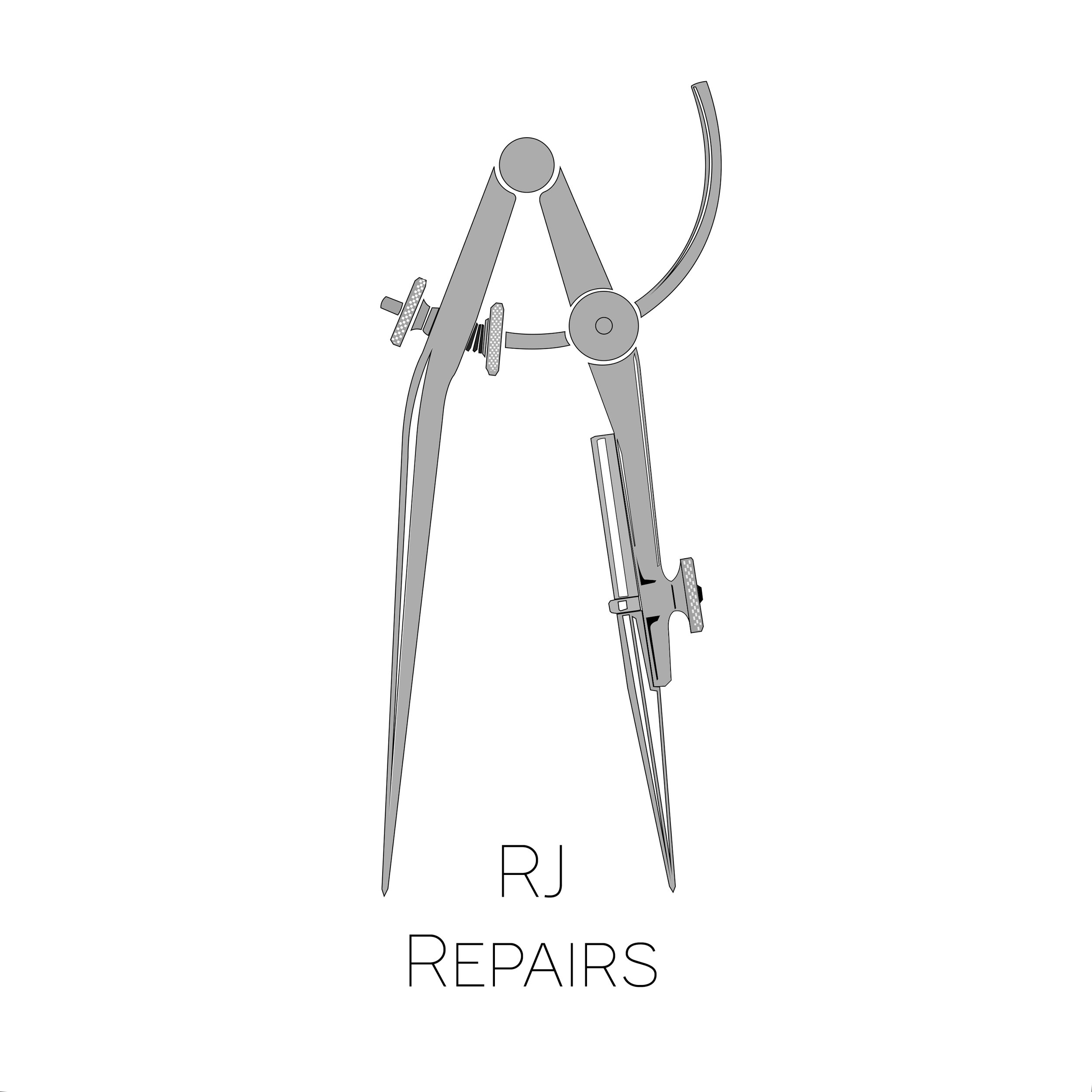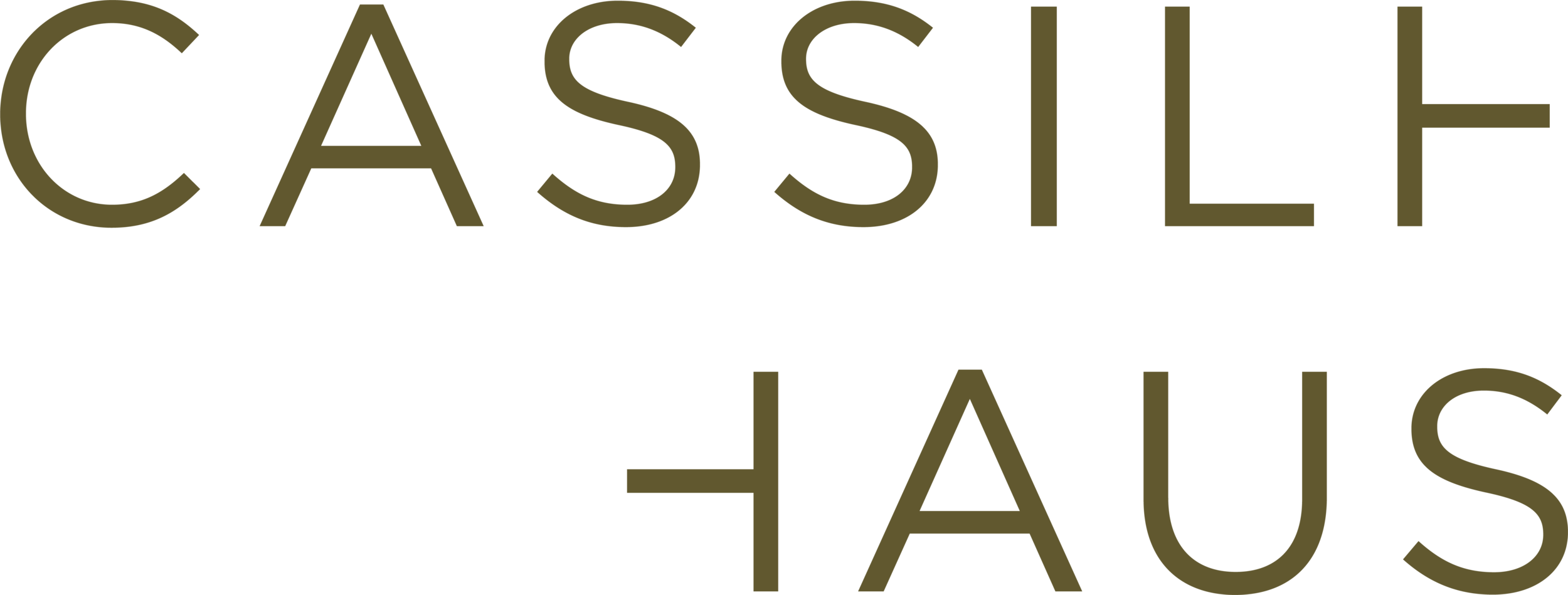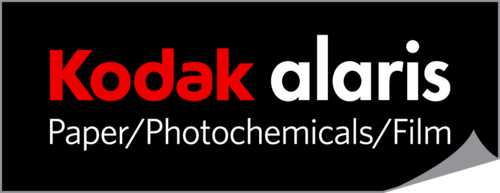Catching up with Owen McCarter
Owen McCarter received the Film Photo Award in the spring of 2021. Jack Fox catches up with Owen about his project.
© Owen McCarter
Jack Fox: First things first, what got you into photography and how does film supplement your practice?
Owen McCarter: I was attracted to photography as a form of performance. I always liked the act of taking pictures even more than the picture itself.
I never had a real reason to use film until I started shooting Large Format. I fell in love with its slowness. The way it creates a kind of theater in front of the lens, drawing the constructed nature of the photograph to the surface. Rather than remaining observational it acts as a gateway, allowing me to enter into an experience, to become an active participant in each image. I’m fascinated by the process of development, the care provided for each negative. The way you bathe and dry them. Printing in the darkroom you get to know each photograph individually. What they like and don’t like, the little tricks to get them to cooperate. To me the negative is a body for the image to inhabit and that physicality has become an important part of my practice.
JF: Film at its core is a series of chemical reactions. Some of the images in your series The Three Eyed Fish are cameraless photographs made by burying negatives and gelatin silver prints along the Housatonic river. The Toxic chemicals, PCBs, which have discharged at a massive scale along this river, create abstract photographs on the surface of these objects. These images in particular are evidentiary, but there is also a feeling of violence and degradation in their form. Can you speak on what brought you to that process and how they inform the view camera images?
© Owen McCarter
© Owen McCarter
OM: I think generally our visual language around environmental disaster is to display something horrible on a grand scale. Photographers like Edward Burtynsky or Richard Misrach come to mind. Their images have a vastness and inescapability that imbues them with devastating importance. When I hear climate change I instinctively think of unhappy polar bears caught in an endless ice flow. I wanted to make something that stepped outside that language. One of the first pictures I took for this project was of Allendale Elementary which was built in the 50s with PCB contaminated fill. It was the documentary photographer's jackpot, the school's playground with the General Electric smoke stacks in the background, dark clouds congealing above it all. It was the most direct way for me to point at something and say this is bad. As I accumulated more images of waste sites I started to feel a sort of hopelessness. The archive I was building of this place depicted it as broken. Growing up here I knew this wasn’t what I wanted to say. I was interested in the river because I love it, because it is a site in the process of remediation. So I began repurposing those negatives by burying them where they had been taken. Burial as a means of both grieving and healing felt like a good place to start over. The movement of rain and river water through the contaminated soil scrapes away the emulsion creating a new abstracted landscape. The process was greatly influenced by the work of other artists who work with buried photographs like Odette England and Genesis Báez. Mixing the images with more narrative work allowed me to obfuscate certain aspects of the project, complicating the story rather than declaring it as true.
© Owen McCarter
© Owen McCarter
JF: In complicating the narrative, you put more faith in the viewer to draw their own conclusions about the work — which in my opinion is always a good thing. How do you see this work living, both in the local community of the Housatonic and on a broader scale?
OM: I see it taking many different forms. The project grew out of my notebook so I've never been able to shake the idea of a book. With the more orchestrated images I’m often thinking about sequencing before I've taken the picture. I was really lucky to exhibit the work locally last spring through a fellowship with the Berkshire Arts Association. Right now I’m working on a selection of images for a group show at the SPACE Gallery in Portland Maine. The support of Film Photo Awards has allowed me to experiment with film in ways I never expected, displaying negatives as sculptural objects.
JF: Photographic notebooks can be a wonderful way to develop ideas and often exist as a final container for work. The recent publication of Francesca Woodman’s artist books comes to mind. Especially since your work deals so much with personal memories, do you find journaling (in any form) to be an integral part of your process?
OM: Absolutely. All my work starts in messy notebooks. There's something about mixing it all in one place. Tipped in xerox prints, lists of things to look for, things to recreate. Once I've started I keep more concise notes on references and site based research on a hard drive as well, but it's not the same. I always try to get everything out somewhere physical and live with it, adding and rearranging as I go.
© Owen McCarter
© Owen McCarter
JF: Are there any references or literature that have been particularly enlightening to you in creating this body of work? The tension between hard facts and fictional recreations in your imagery is fascinating. I’m curious if the work is influenced by any literary fiction while staying grounded in site based research.
OM: Essays influenced a lot of it. Ghastly News from Epic Landscapes by Max Kozloff, The Site of Memory by Toni Morrison, Place-identity: Physical world socialization of the Self by I forget who. They helped me establish how I wanted to approach place and history. The books I read at the time definitely had an impact as well. Trout Fishing in America by Richard Brautigan, Bluets by Maggie Nelson, Invisible Cities by Calvino. I was drawn to texts that used their structure to play against tradition. Filmmakers had a huge impact on my practice as well. Fictionalized documentaries like Häxan where everything is fantasy and superstition. Constructed travel logs like My Winnipeg by Guy Madden and Land Without Bread by Luis Buñuel. Documentary has such a fraught and problematic history of presumed objectivity how do we counterbalance it? For me there has to be some element of reflectivity, a little Mise en abyme. In highschool I had to watch lots of very classic documentaries and I always loved when the interview would cut to some crazy reenactment or animation with a voiceover of what happened. It's so theatrical and performative why not embrace those elements. Reenactment creates a wonderful slippage where the viewer has to suspend their disbelief and trust the storyteller. In my practice I try to do the opposite. I place all my trust in the viewer, there is no voice over, no signal that tells you this is the past or present, fact or fiction. Without that everything is questionable, especially my position as an honest narrator.
JF: There’s a quote in Trout Fishing in America that I always come back to “The waterfall was just a flight of white wooden stairs leading up to a house in the trees”. Now that you’ve mentioned it I can’t separate that from your time referential images of waterfalls. It’s funny, Brautigan, Calvino, and Nelson are all writers that have been sources of inspiration to me as well. Calvino’s book The Baron in the Trees is so playful and magical yet deeply sensitive and humane. It’s a quality I often search for in photo works that I see in your work. Sometimes I find that looking at too many photo books can be dangerous to my personal practice. Subconsciously seeing other artists' photos when I’m out working. The written word acts as a safe haven to point me in new directions for whatever it is I’m working on. Does this sentiment ring true for you?
OM: I love the way you phrase it as dangerous and the statement definitely holds true for me. I’ve made many photographs that are far too derivative of ones I've seen. Looking through photo books has been helpful to me during the post production of projects when I’m sorting through trying to find a group that works together. I know there is lots of theory around the photographic sequence, but I’ve always found it to be an organic process. Once Brian Ulrich had our class sequence a group of images sourced from the Library of Congress while he played music over the speakers. The first one we did was something melodic and soft. Then he had us restart while listening to some abrasive punk. It had a huge effect on the way all of us saw the images and completely changed the pacing of the edit. Ever since then I’ve found music to be the most helpful tool when sequencing work.
© Owen McCarter
© Owen McCarter
JF: I’ve never thought of music as something that can have such an effect on sequencing but it makes all the sense in the world. Is there any music that has been important to you during the process of making this project? Maybe even a song that is vital to one of the personal events you’re retracing. I’m overly sentimental but if something memorable happens while music is playing I’ll forever think of that moment when I hear the song.
OM: Absolutely, there were a whole bunch of them. When I started I was listening to old folk songs from my childhood. Lots of Pete Seeger, Dave Van Ronk, and Jackson C. Frank. Some things my mum used to sing. Talking Fishing Blues by Woody Guthrie holds many happy memories for me and stands out as key to the project. Two summers ago the aux connection in my car started to die and I had to go back to CDs and for a long time all I had was Tom Waits’ Bone Machine which shook things up. When I’m sequencing I usually listen to albums without lyrics. The Legend Of Blind Joe Death is in there a little and Èthiopiques, Vol. 4.
© Owen McCarter
© Owen McCarter
JF: Lovely! Do you find that traveling by car is a mode you often work in? Yes, you use it to get to point B. But what I mean is that many photographers find themselves (myself included) driving around for hours with the camera in the passenger just looking for something to pop out at them. Of course, The American Road-trip is a photography trope but I feel as though when you are making work that is sight specific (along one river, in one town) driving aimlessly can make you know a place more intimately than you ever have. Even in a place you grew up. It forces you to take turns down every street when you may have never had a reason to if it were not for photography.
OM: I have a love-hate relationship with the car. I made myself parameters by focusing entirely on the Massachusetts segment of the river. Starting with the West and East branch in Pittsfield and ending at the Connecticut state line, the end of what the EPA calls Reach 9. This gave me 6 towns and a lot of miles to cover. Driving was often just a means to an end, getting me to a location I wanted to explore on foot. That being said, many of my favorite pictures come from always having my camera with me. Little moments like swimming with friends after work or going to the grocery store and watching the sunset over the water. Everyday unplanned things that wouldn’t be possible if the camera hadn’t been in my car.
© Owen McCarter
JF: Apart from special moments you’ve stumbled upon together, how have your friendships influenced your work? I think that most people's first instincts when they begin picking up the camera is to photograph loved ones. For a lot of us, that impulse never seems to fade. I’m also curious if you often work alongside other photographers.
© Owen McCarter
OM: My friends and family have always been a huge part of my practice. To me all portraiture is a collaborative process, creating a shared trust and experience which sometimes results in an image, sometimes it’s just a memory or scribbled note. This project in particular wouldn’t be possible without my community and the care and influence they have had on the work. So many of us have the same feelings and memories of the rivers in our area. They became an escape because our parents wouldn’t go there, a land of fantasy where anything felt possible. I wanted to recreate that childhood idyllic pastoral landscape, while allowing the reality of the contamination of the river to seep in around the edges. Little hints of doubt in our constructed Eden. I chose to work with the people closest to me who as a generation had grown up with both toxicity and a deep connection/romanticism for the place we live. It was a complete blending of my personal life and my practice. Most of the time we would just forget about the camera and get distracted catching snakes or diving for old junk at the bottom of the falls. As the project expands I hope to work with a broader range of ages and see how that changes things. In terms of working with another photographer I’ve never really had the opportunity. It’s certainly something I am open to and would like to do in the future. Recently my friends and I have been experimenting with video and we’ve all fallen in love with it as an intensely collaborative medium.
JF: I love the contrast of this toxic river being a “constructed Eden” for you and those close to you. Do you plan on using video for anything related to this project?
OM: GE has a huge archive of footage that they created as advertisements for the industry. At one point they even got Pat Hingle to play Thomas Edison for an informational on the wonders of invention. Sifting through I was drawn to the more abstract moments. Old silent film demonstrating high voltage alternating currents. Actors playing scientists electrocuting model towns. I’ve been accumulating footage for awhile and did a video installation piece for my thesis show last spring. I definitely want to keep finding new ways to integrate it into my process.
© Owen McCarter
JF: I can only imagine how haunting those archives are to sift through. Before we wrap up, is there anything you’d like to add about what’s next for you?
OM: Just a big thanks for your time and all the wonderful questions. If you are ever up in Western Mass or Upstate NY come visit! I never really know what’s next for me. This summer I think I’m going to live on a slip in the Hudson river and help make a docufiction film about whales returning to the valley.
JF: It’s been a pleasure Owen!! I’m sure I’ll be up there at some point — it would be great to meet up. I hope to see that film when it’s finished!
© Owen McCarter
© Owen McCarter






















